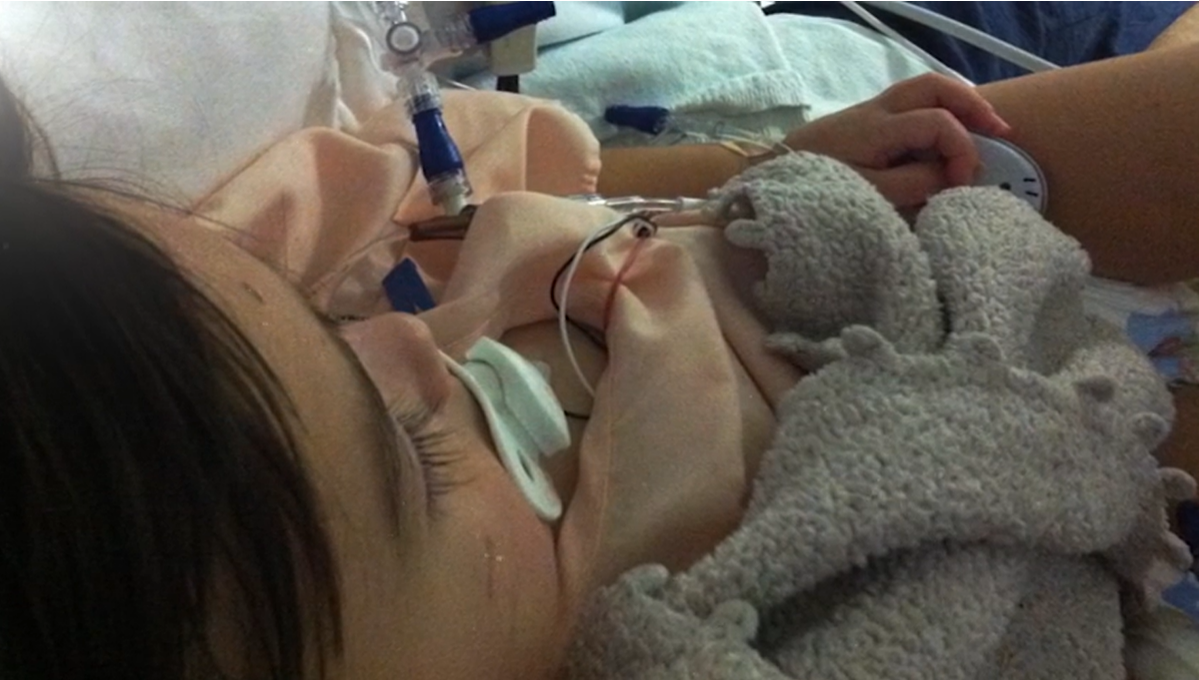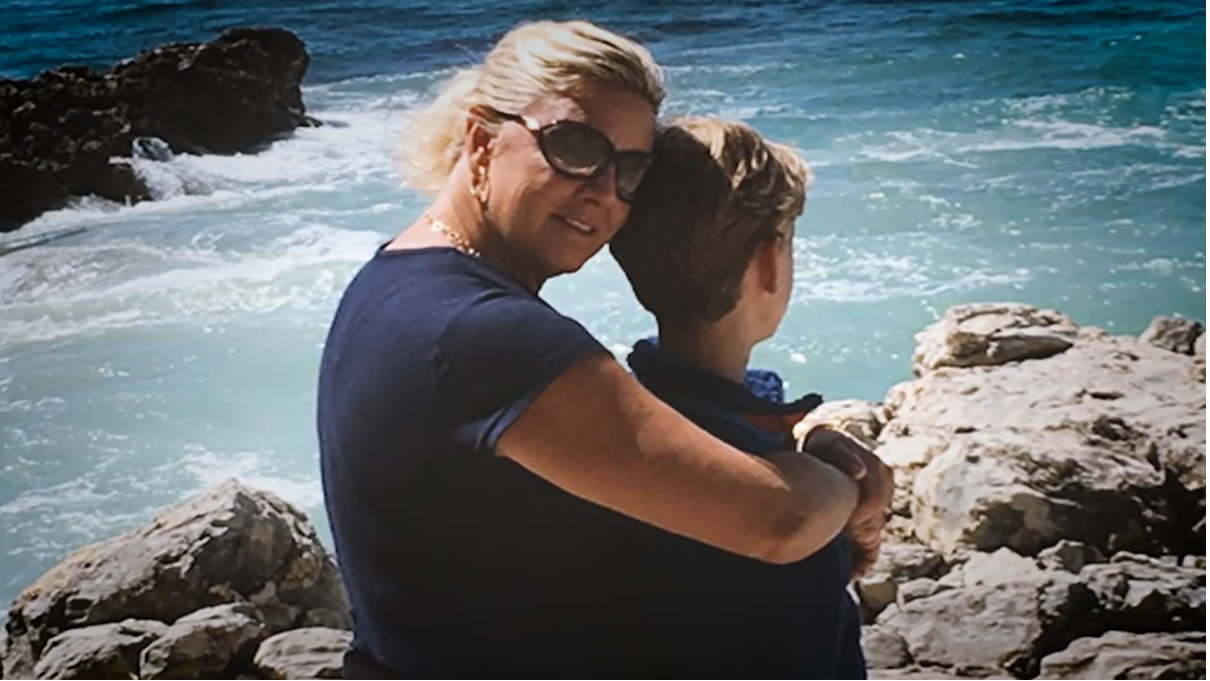By the time I became a mom, I had learned a thing or two about food allergies. I developed an egg allergy as an adult (I can eat eggs if they’ve been baked into a product, but not scrambled) and, despite eating peanuts throughout my pregnancy, I developed a peanut allergy after giving birth to my daughter in 2018.
But it wasn’t until my daughter had several alarming reactions to different foods, that I started to fully understand the challenges and stresses associated with living with food allergies.
Since then, I’ve learned how common food allergies have become over the years.

1 in 13 Children
According to Food Allergy Research and Education, also known as FARE, 33 million Americans have food allergies. That works out to be about 1 in 10 adults and 1 in 13 children. It is a trend that experts say is growing.
Peanuts are what may come to mind when we hear or think about food allergies but there are several other foods that are considered major allergens: soy, milk, eggs, fish, shellfish, tree nuts, wheat and sesame (which was officially added to the list in January 2023). Any of those foods could cause a serious reaction for someone who has an allergy to it.
One of the first warning signs for us involved eggs. My daughter was about 6 months old when we first gave her eggs to eat. She immediately rejected the scrambled eggs I had given her. I made sure she had a bite, thinking she was just unfamiliar with the texture and taste. Within 30 minutes, she had vomited and had developed a rash all over her body.
Food allergies
My husband and I didn’t know it at the time, but that is what experts would consider a serious reaction. She would go through several other similar reactions to different foods over the next few months before she was finally tested for food allergies.
The results were surprising to us. Not only was she allergic to peanuts and eggs, but also to several other foods like fish, tree nuts and shellfish as well.
Despite my familiarity with food allergies, I was overwhelmed. It was challenging to try to figure out which foods were safe for my daughter. We were referred to a nutritionist and became habitual label readers. We carefully inspect the label of every food we give our daughter (even brands or products we’ve safely given to her before, since companies may change their ingredients).
We carry doses of epinephrine with us wherever we go. I’ve learned how to bake all sorts of cakes and cupcakes without eggs or nuts, so she can participate in birthday celebrations with family, friends and at school. I make sure anyone who has close contact with our daughter – from family members to teachers to friends – know about her food allergies and understands what they need to do if she has a reaction while in their care.
Her diagnosis also made me realize how difficult things can be for someone with a food allergy and their families.
I know firsthand about the constant worry parents of children with food allergies feel as we try to find the right school or figure out a safe place to eat out while on vacation.
Resources
If you or a family member has been diagnosed with a food allergy, learning as much as you can about the allergy and advocating for yourself or your family is the best thing you can do to stay safe.
Take the time to understand your allergy and how to manage it.
Write down any questions you may have before your doctor’s appointment: What is epinephrine? What options do you have to administer it? When should you use it? What are the signs of anaphylaxis?
FARE has a long list of resources that may help you navigate a food allergy diagnosis. Click here to learn more: https://www.foodallergy.org/
FARE also has a sample emergency care plan you can review with your doctor, detailing the signs of a severe allergic reaction and the steps that should be taken in the event of a reaction or exposure to a known allergen: https://www.foodallergy.org/living-food-allergies/food-allergy-essentials/food-allergy-anaphylaxis-emergency-care-plan
You can learn more about food allergies from the Food and Drug Administration by clicking here: https://www.fda.gov/food/food-labeling-nutrition/food-allergies
Red Sneakers for Oakley, a food allergy awareness organization, may also be helpful: https://www.redsneakers.org/all-resources
We can all work together to help make life a little easier and safer for those navigating a food allergy.
In the NBC6 Responds series, the Silent Threat, I speak with parents and experts about risks, prevention and changes they would like to see, from school policies to more uniformed guidelines about food labels.




